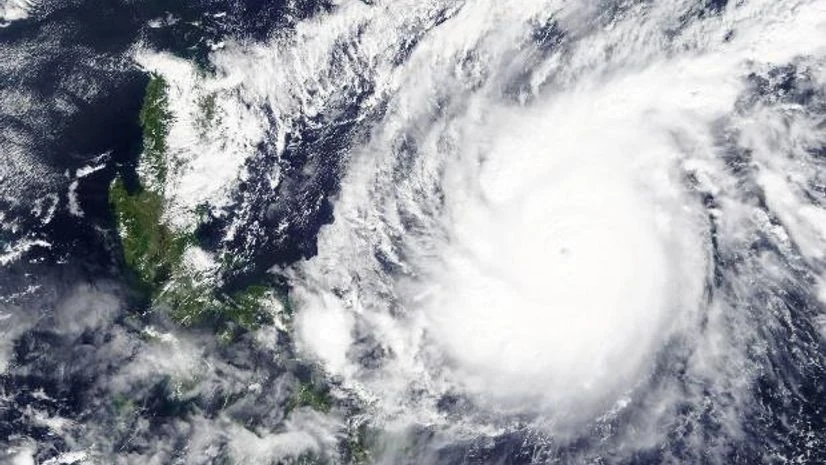The death toll from Typhoon Rai that battered the Philippines this week has climbed to at least 144, local officials said on Sunday.
Bohol province in the central Philippines is the worst-hit with 72 deaths, while Negros Occidental reported 18, Cebu 16, Dinagat Islands 10, Southern Leyte six, among others.
The number of deaths is likely to rise as local officials gather data from the field.
The National Disaster Risk Reduction and Management Council (NDRRMC) has yet to update its death tally after saying on Saturday night it had received reports of 31 deaths in central and southern Philippines due to Rai.
Communications are still down in typhoon-ravaged areas, making it difficult for the NDRRMC to contact its regional and provincial agencies.
Also Read
Bohol Governor Arthur Yap said his province has tallied 72 deaths as reports trickle in from the field.
"Presently, communications are still down. The signal is intermittent," Yap said, adding that the central Philippine province is still without electricity. He said it might take up to three weeks to restore power in the province.
Yap appealed to fuel suppliers to triple the deliveries of gasoline and fuel, saying the province is dependent on generator sets.
He said the residents of some hardest-hit towns are asking for food and water. More chainsaws are also needed to clear fallen trees and debris. "Many of the smaller roads are still not passable," he added.
On Sunday, the police posted a video about rescuing 26 people, including nine minors and nine elderly, trapped on a tree for hours in Negros Occidental province.
President Rodrigo Duterte has ordered the speedy delivery of food, water, and necessary items such as tents and tarps to the typhoon victims after visiting the affected areas by aircraft.
He also ordered the military and the Philippine Coast Guard to send boats and ships to augment the immediate delivery of needed supplies.
The military will send medical teams onboard two Navy ships to augment the health personnel in Siargao and Dinagat Islands, Cabinet Secretary Karlo Nograles said.
Typhoon Rai made landfall on the Siargao Island on Thursday afternoon. It was blowing maximum winds of 195 km per hour and with gusts of up to 240 km per hour when it slammed into the island in Surigao del Norte province.
The typhoon swelled rivers and flooded low-lying areas while cutting through towns and villages in the central Philippines and the northern Mindanao in the southern part of the country.
The NDRRMC said Rai affected more than 700,000 people in nine regions, caused power outages, damaged buildings and houses in these areas. The government is still assessing the typhoon's damage to crops and infrastructure.
The Philippines is one of the most disaster-prone countries in the world, mainly due to its location along the Pacific Ring of Fire and Pacific typhoon belt. On average, this archipelagic country experiences 20 typhoons every year, some of which are intense and destructive.
The World Bank said natural disasters have killed 33,000 Filipinos in the past 30 years, affecting 120 million people.
(Only the headline and picture of this report may have been reworked by the Business Standard staff; the rest of the content is auto-generated from a syndicated feed.)

)
